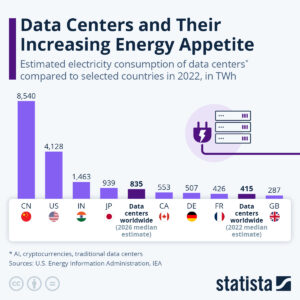Financial institutions must work more closely with regulators and global organizations, such as the Network of Central Banks and Supervisors for Greening the Financial System (NGFS), to ensure the stability and safety of their institutions in light of climate change. This finding is among the interesting results of a new survey of several European banks.
If you work in the ESG /Sustainable Finance space, you would have undoubtedly heard about climate risk stress tests for banks. The basic idea is to model the vulnerabilities of banks to climate risks.
Typically climate risk stress tests focus on three main risk types: credit risk, market risk and operational risks. Credit risk is the probability of a financial loss resulting from failure to repay a loan. Market risk is the risk of losses arising from movements in market prices. Operational risk summarizes the uncertainties and hazards a bank faces in its day-to-day business activities. A few banks have also started to model liquidity, reputational, and interest rate risks on their banking books as part of their internal stress testing frameworks. Credit risk modelling is viewed as the most value-added outcome of the climate risk stress testing exercise.
In thinking about climate risks, banks face many challenges. They look for guidance from regulators and supervisory authorities. For example, it might be sensible for a bank to focus on material climate risks in its lending portfolio. This approach allows the bank to focus efforts on the sectors and portfolios where the business will most likely be impacted.
Nonetheless, this approach also raises questions about what materiality means for climate stress tests, who defines materiality thresholds, and how they are defined. This suggests the banking sector needs common industry standards for climate risk stress tests. Hence the need to coordinate the work of banks, regulators and supervisory authorities across jurisdictions. Who will do such a demanding job?
Otherwise, the test outcomes from different parts of the world could all lead to different interpretations, diluting the impact of these increasingly important stress tests. And this can only lead to further delays in channelling capital towards meaningful and impactful sustainable investments.




